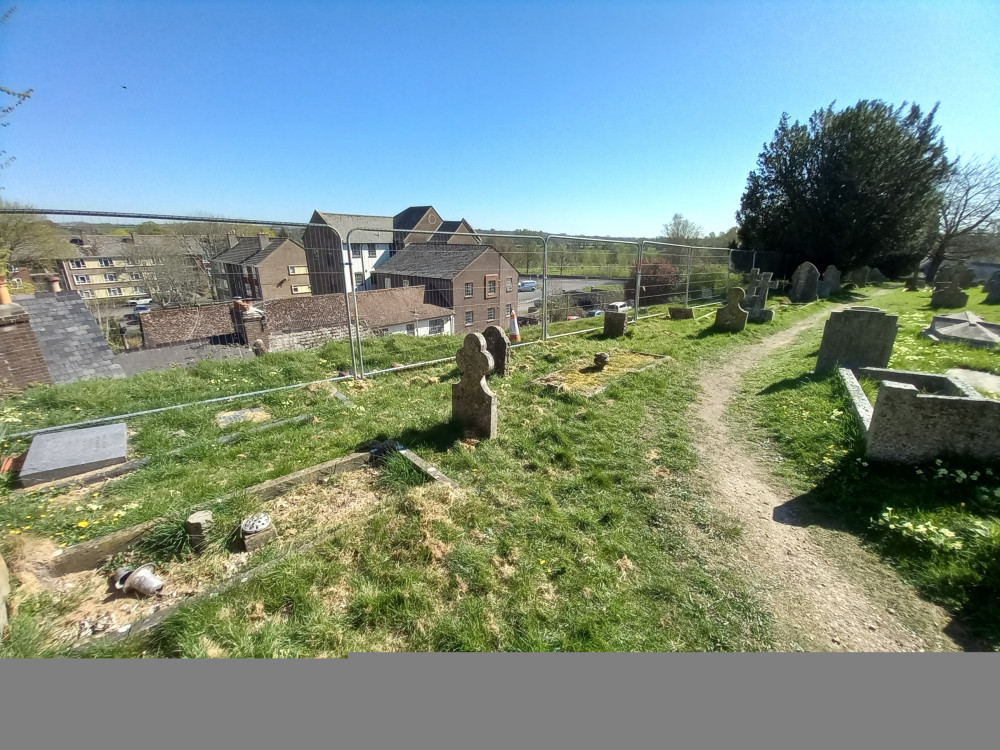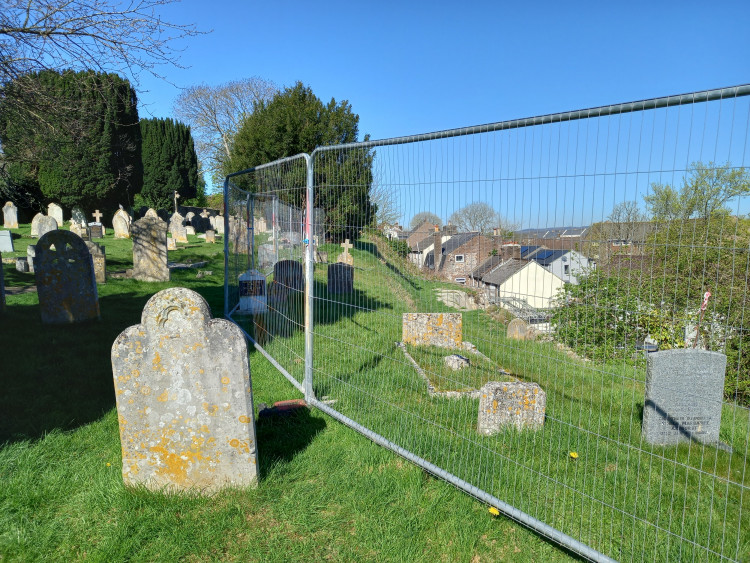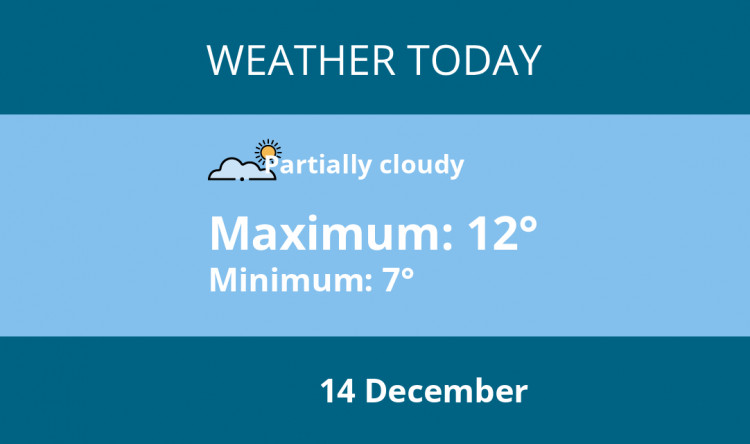Bodies may have to be exhumed to make Dorchester cemetery safe
By Trevor Bevins - Local Democracy Reporter 9th Apr 2025
By Trevor Bevins - Local Democracy Reporter 9th Apr 2025

RELATIVES of people buried in a Dorchester Cemetery are being warned that remains may have to be exhumed and re-buried.
The town council is having to rebuild a wall off the Holloway Road section of Fordington Cemetery for safety reasons, following what has been described as "a sudden and unexpected collapse" onto a car parking area.
The Town Council say any exhumation, and re-burial, which will need Church permission, will be carried out with the utmost dignity.

The state of the wall has already meant access to some graves, and the town's German War Memorial to those who died in a First World War Prisoner of War Camp, have already been closed to the public, with the wall currently supported on the Holloway Road side by scaffolding and containers of water to provide ballast.
Before the next stage of work begins the council is trying to contact relatives of 13 people, thought to buried there between 1882 and 1892. Their ages, at the time of burial varied between 20 and 80.
Said a town council spokesman: "It is our intention to engage specialist contractors to undertake the exhumations to the requirements of Salisbury Diocese, to meet legislation, and to treat the remains of all those involved with the utmost dignity and respect."
The town council is asking any direct, close, relative to contact them before the end of April.
The council can be contacted on 01305 266861 or by email [email protected]
The graves likely to be affected are Alfred Allen, burial date August 16th 1882; Edward Riggs 8.10.1879; Deborah Vatcher 13.9.1883; Joseph Winzar 6.6.1883; James Coombs 1.1.1883; Margaret Barnett 9.4.1885; Annie Sparks 1.8.1884; William Moore 27.5.1885; James Winzar 20.5.1885; Isaac Hodges 22.3.1889; Christopher Cornish 1.3.1892; Charles Hewlett 27.3.1889 and Jane Cross 16.3.1892.
The spokesman says the council dealt with the collapse by quickly ensuring the area was safe and has retained much of the stone wall, which had to be removed, for possible re-facing.

The whole area is sealed off with fencing at both the top and bottom of the site with the section monitored frequently in case of further movement.
"To allow for a new retaining structure to be positioned behind the old wall line we will have to excavate back into the graveyard.
"As there are no headstones in the grass to give an indication of where people were buried, we are currently unsure as to how many graves may be directly affected.
"We have commissioned a ground radar survey of the area to help to establish where graves are located as, although they are shown on a crude map, that map is not to scale so we need to know for sure before we start," said the council spokesman.
The council say the costs are unclear as design work is not yet complete, although it hopes to start work within three months with the project expected to take around 12 weeks to complete, depending on the final design requirements and the workload of contractors.
CHECK OUT OUR Jobs Section HERE!
dorchester vacancies updated hourly!
Click here to see more: dorchester jobs
Share:






